Finding a solution to cool off a room with no windows is not always the easiest thing to do.
Adding in other things into the equation like needing a room to be quiet besides cool, can add a whole another layer of difficulty.
One solution for a windowless air conditioner is using a window air conditioner through the wall
Using a window air conditioner straight through a wall can be a solution:
A. if you have a room with no windows but at least one of the walls is an outside wall.
In other words you have a wall that is on the other side of the wall, outside of the house. The same kind of wall that you would normally have a window in.
(This is a good place to point out that if you are willing to cut a hole through your wall to put a window air conditioner in it,
Installing a window instead, maybe the better play.}
You can always put a window air conditioner into a window and when you don’t need the air conditioner, have a window for light or fresh air, etc.
B. Or you have a wall that leads to an area that is suitable for exhausting Heat into.
In this scenario, one of the walls in the room that you need air conditioning in leads to a storage area, like a garage or a permanent storage area that won’t be affected by the exhaust.
Keep in mind that you will also have to have a bucket underneath the air conditioner to capture any dripping caused by the condensation the air conditioner creates.
Why do you need a wall that leads outside?
Window air conditioners exhaust heat out of the rear and drip condensation water through a drain hole.
They are also excessively noisy on the side of the air conditioner that sits on the outdoor side of the air conditioner.
Every once in awhile I will hear somebody ask why can’t they just bring the window air conditioner inside of the house and set it on a table
And that would be an awesome solution if it weren’t for the amount of heat that a window air conditioner creates through the rear while pumping cold air out of the front.
The result will not only be canceling out the cool air with the heat, it would raise the humidity in the room and cause condensation to form all over everything around it.
Not to mention the noise from the compressor in the air conditioner would drown out all the other sounds in the room.
Obviously cutting a hose to the wall is not the easiest ideal to come to terms with.
Especially if you are talking about a wall inside of the house.
But there are all kinds of scenarios where people use storage areas and other types of rooms that don’t have windows for offices and crafting rooms for instance.
A window air conditioner can still be a windowless air conditioner if you have a wall that you can put the air conditioner through.
The stipulation is that the outside of the wall is either outdoors or is in an area where the exhaust coming out of the rear of the air conditioner will not affect anything.
Putting an air conditioner through the wall is a good solution in certain circumstances.
But obviously not for all circumstances.
Getting air conditioning into a room with no windows is a problem that requires thinking outside of the box.

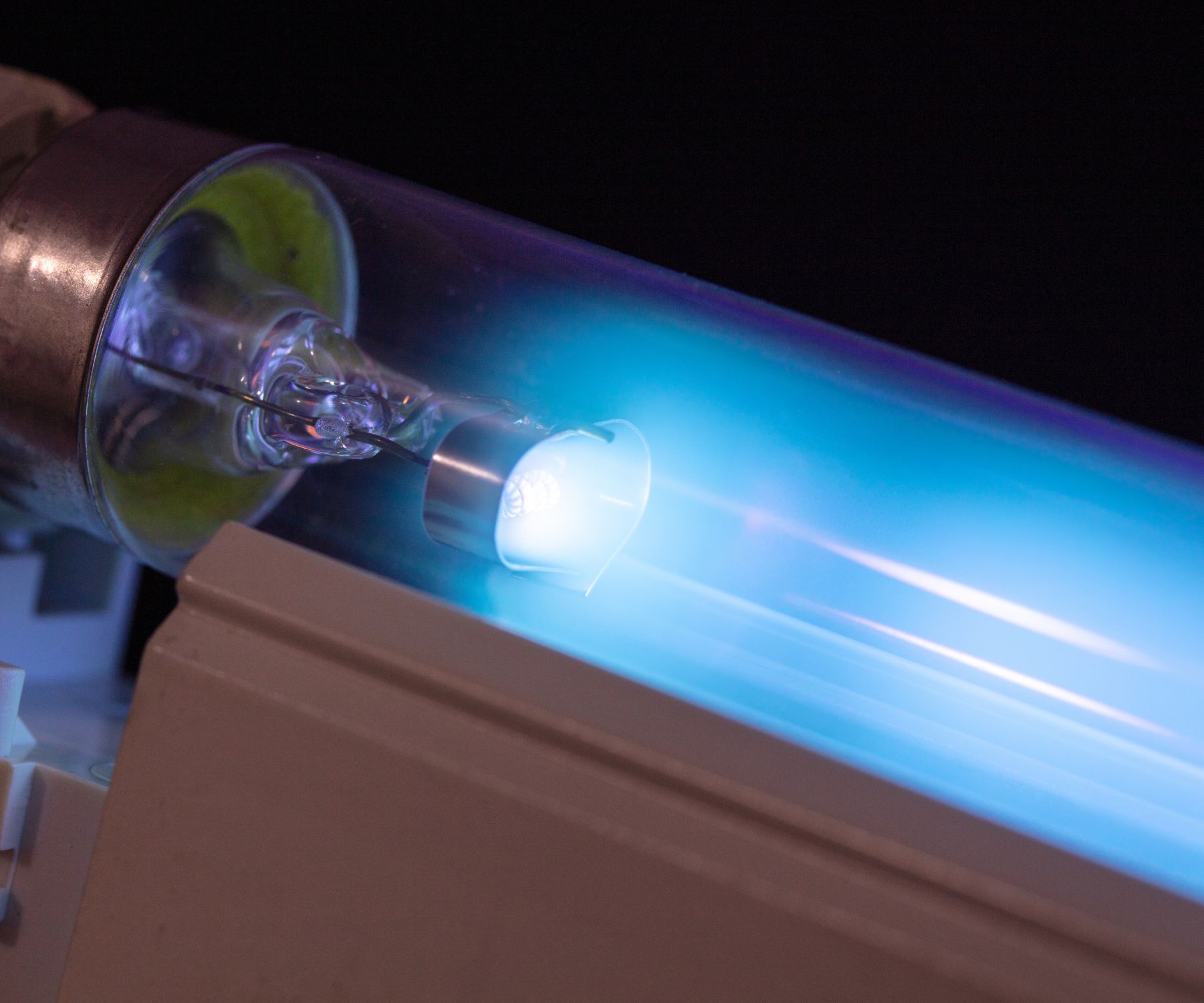
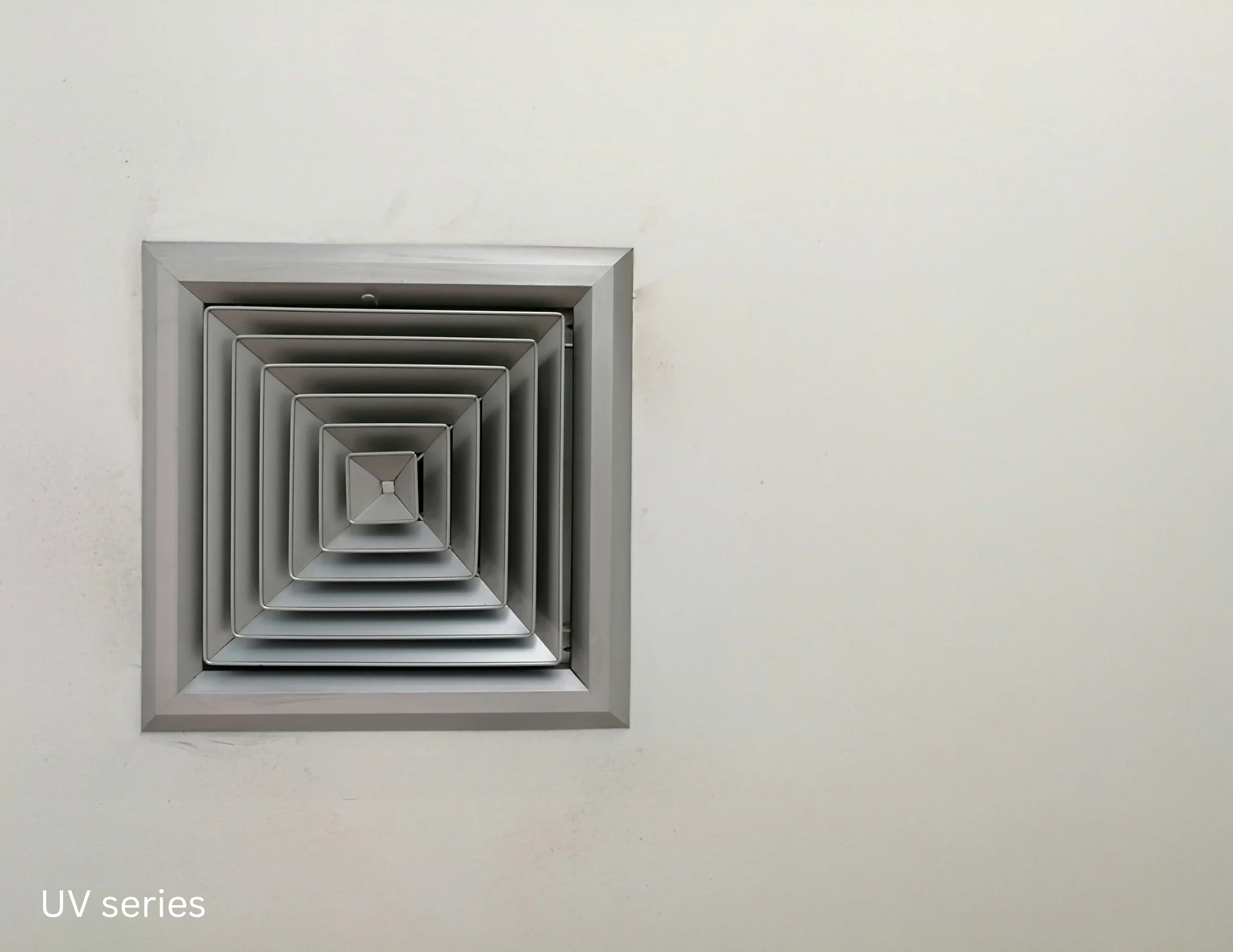

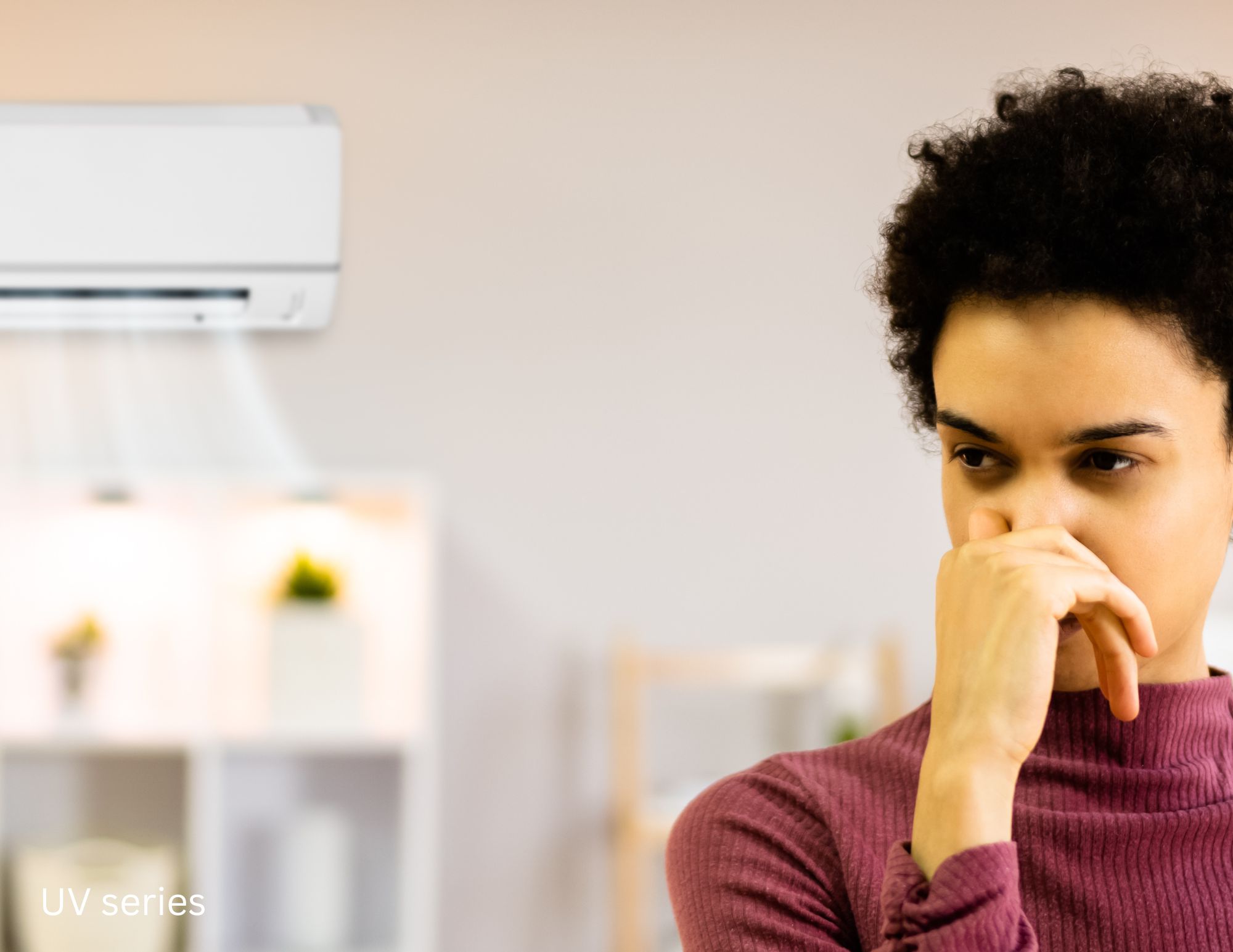
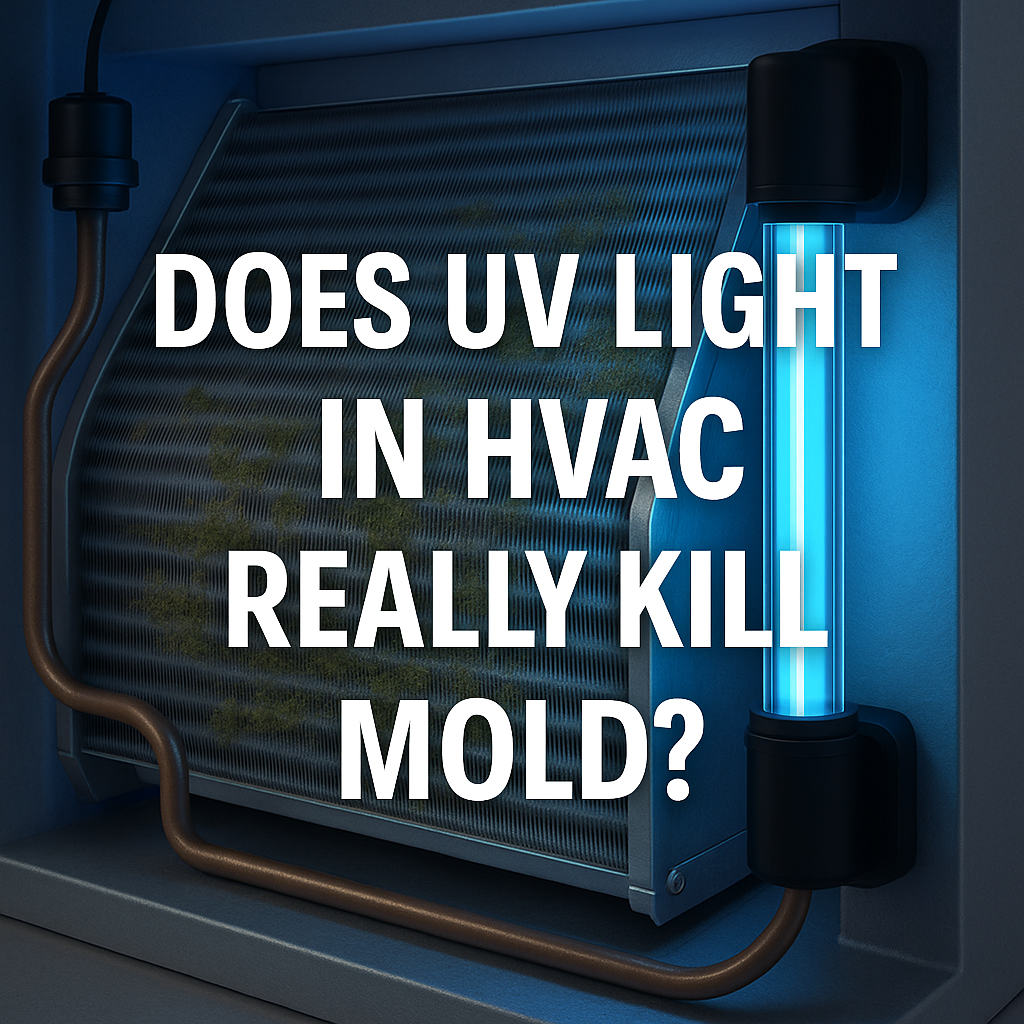
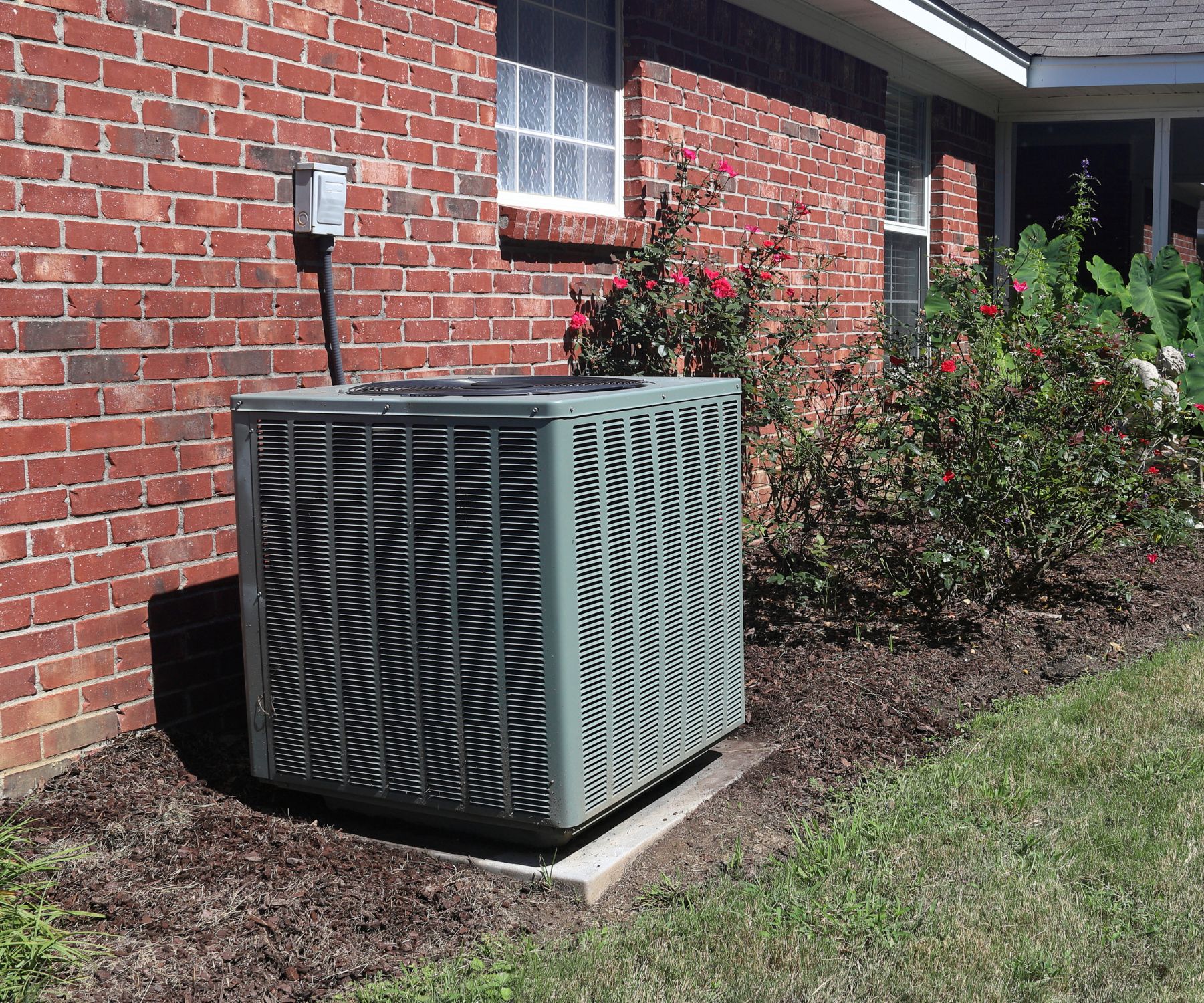
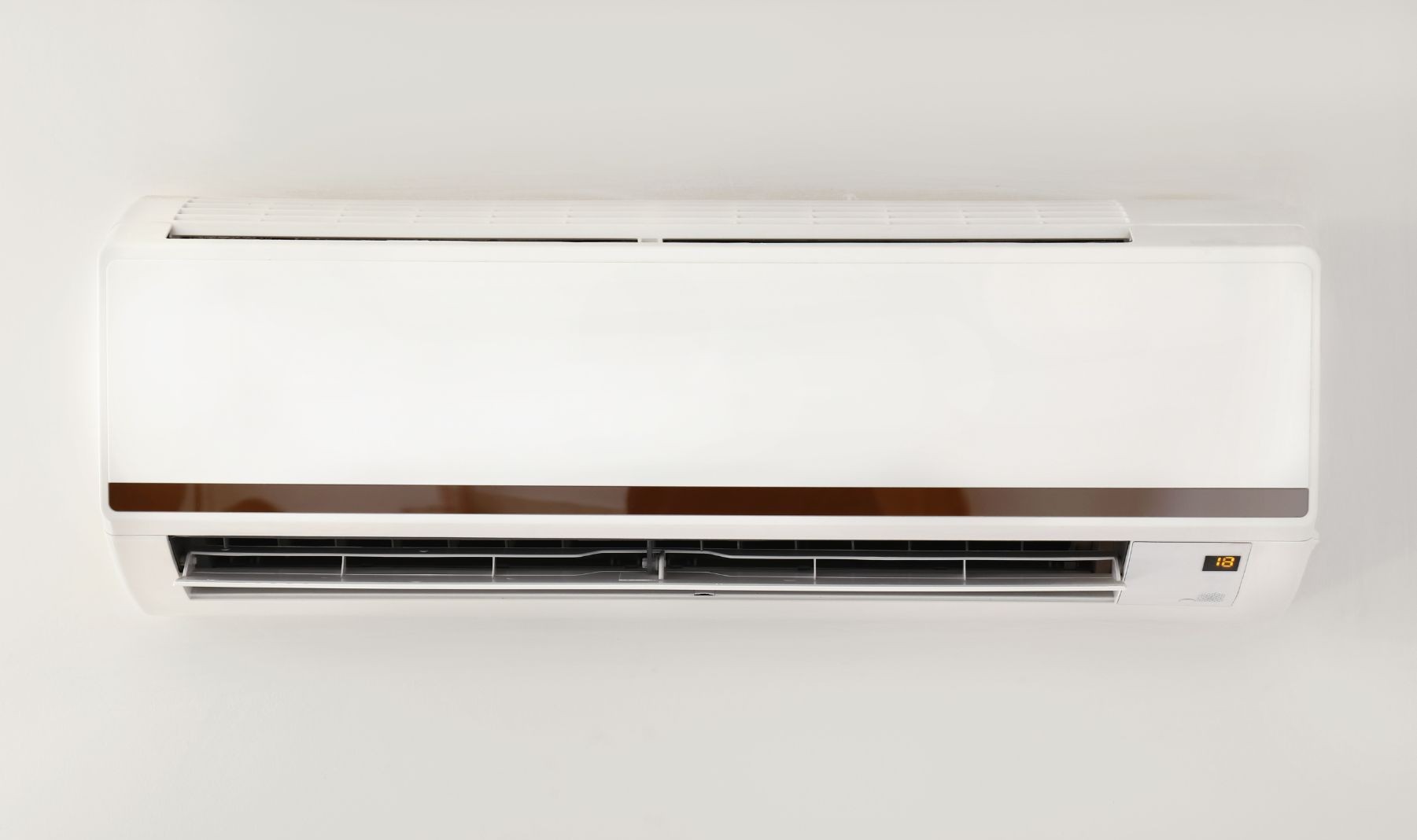













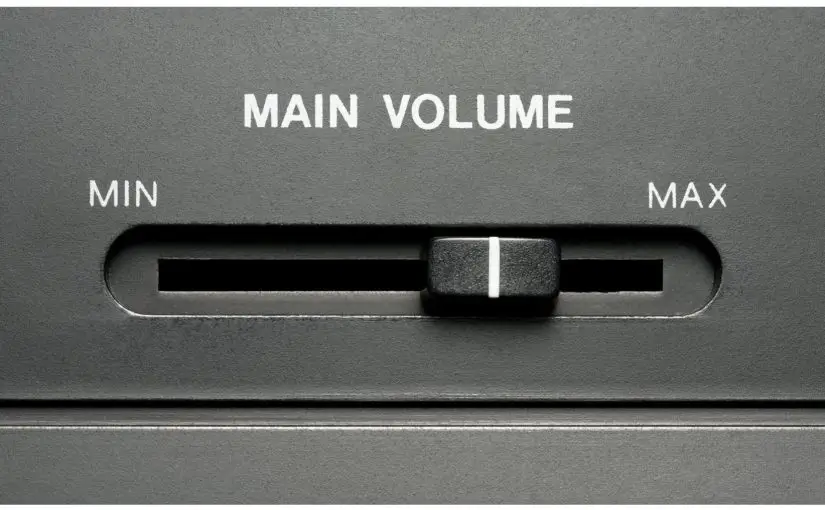


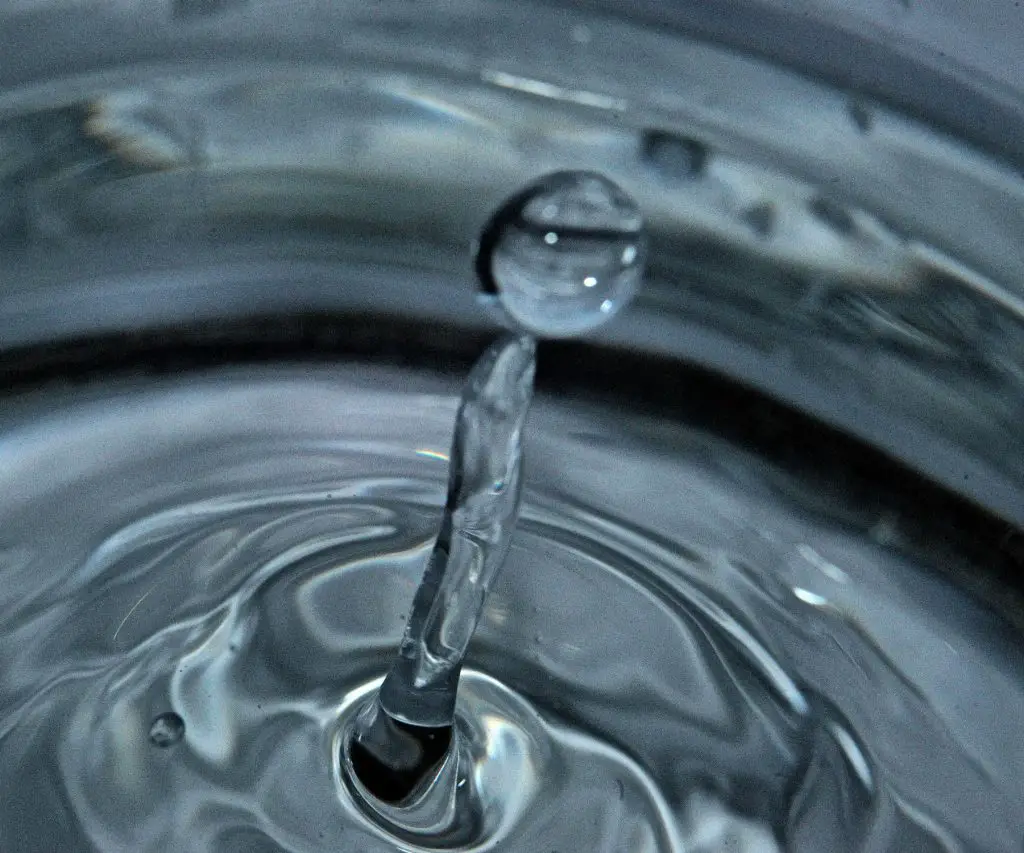




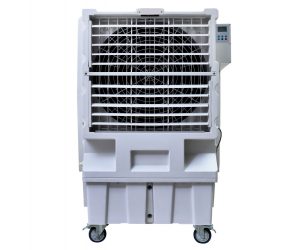
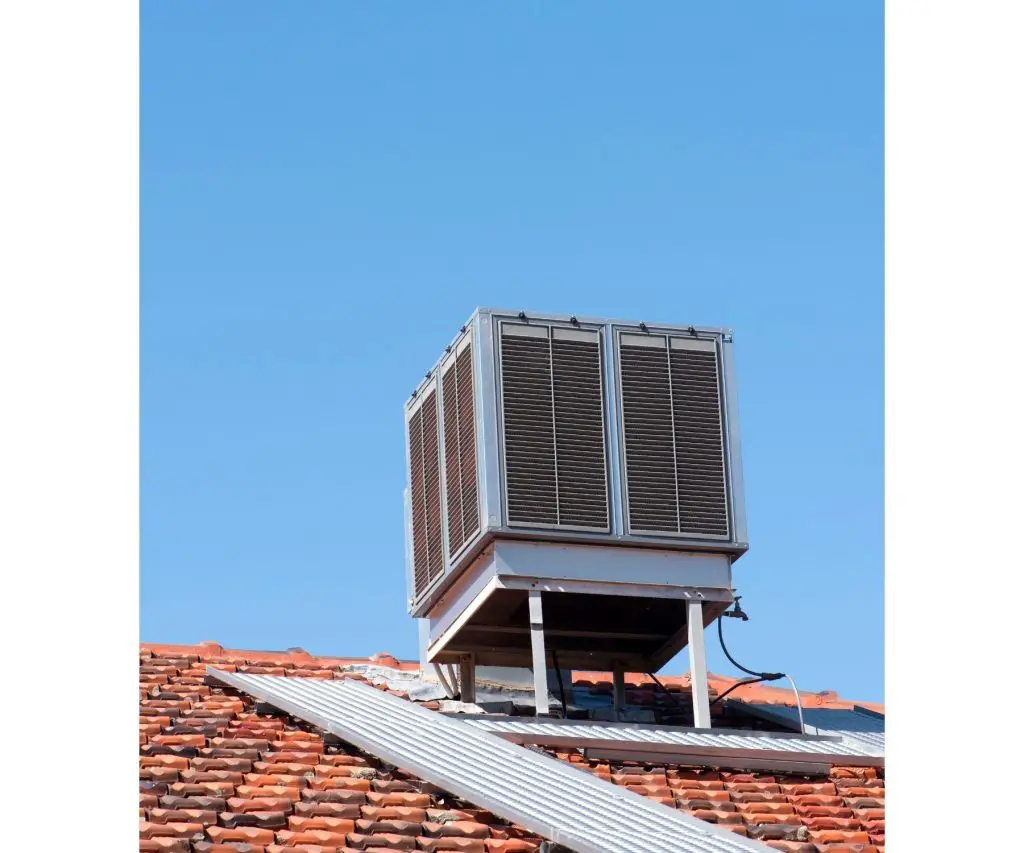
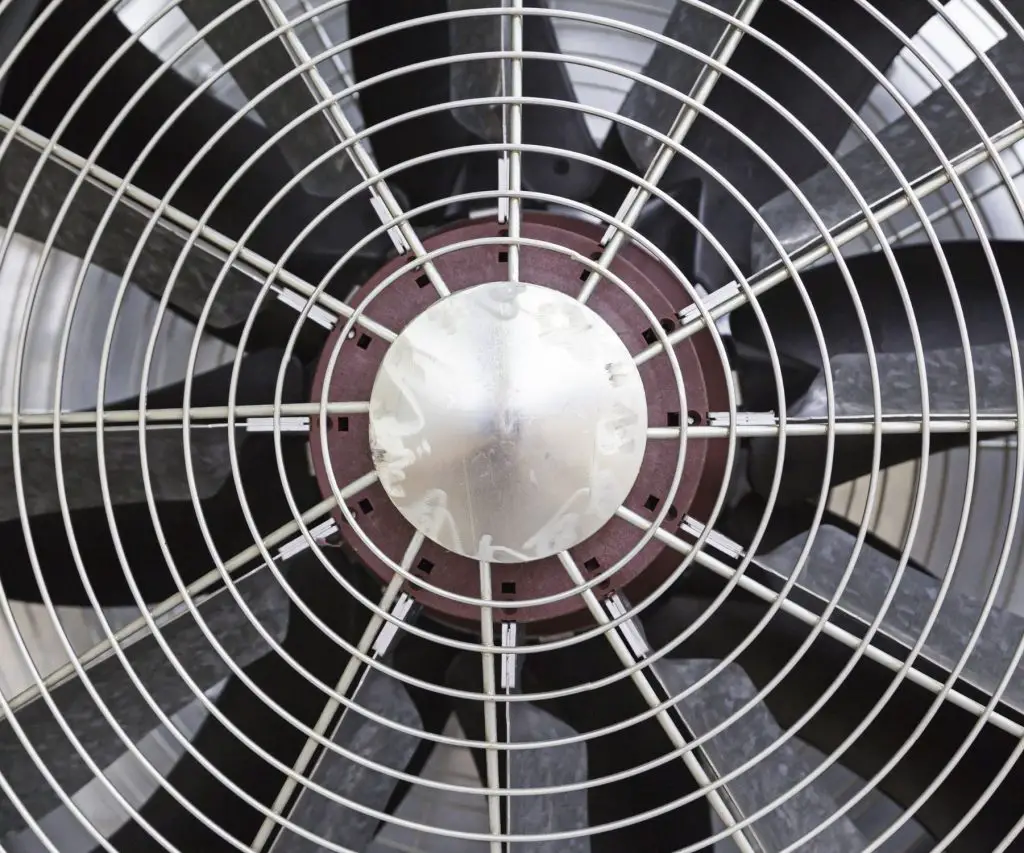

 The difference between an air conditioner and an air cooler,
The difference between an air conditioner and an air cooler, But air coolers do have their advantages
But air coolers do have their advantages